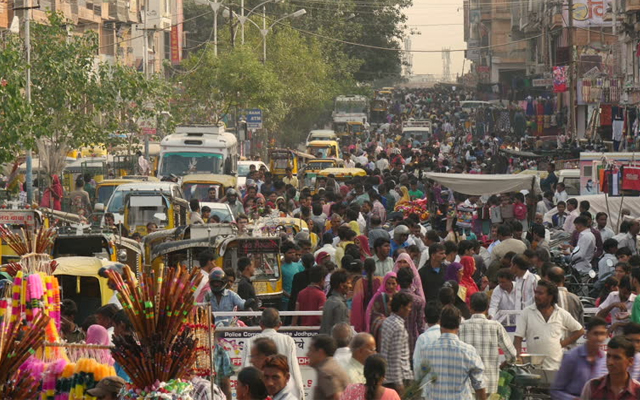On the controversy surrounding heightened surveillance during the Covid-19 crisis, and the different measures employed by states around the world.
Given the vast dimension of the Covid-19 pandemic, states around the world have now begun to use a large number of surveillance tools to trace, monitor and regulate the movements of their local populations. Most responses to the pandemic have been a combination of tracing, lockdowns and testing. Tracing allows concerned authorities to narrow down potential infection areas, and simultaneously warn the public of the same. Lockdowns, whether staggered, regional or national are to cut-down the novel coronavirus’ infamously high reproduction number (R0). Finally, testing – now the main focus of countries around the world – helps identify positive and negative cases, allowing for more coordinated and knowledgeable efforts to prepare the state’s healthcare system. However, the issue of tracing has become increasingly controversial.

Concept & Counters
The main focus of Covid-19 mitigation efforts has been “social-distancing”; the maintenance of appropriate distance between two individuals or more, ensures that the virus does not spread innocuously throughout the population. However, in order to know when, where and from who social-distance should be maintained, states have started to – contact tracing aside – use existing mobile surveillance technologies to geo-locate individuals in a population and track their movements.
However, the issue here is data privacy and the extent of the current surveillance. While understandable in the case of a health crisis such as Covid-19, citizens and rights-groups are concerned with how this data is stored and employed, and when the surveillance apparatus will be dismantled. Others are also concerned with the organisations involved in this effort – will they be public, or private? Will the data be anonymised and protected? And finally, who will monitor those monitoring? The list of questions go on. The debate, as it were, is how do authorities balance the concerns of public healthcare, and private liberties?
Examples Around the Globe
It is also interesting to note that there is a difference in how concerned the public is in different parts of the world – with vigorous debate taking place predominantly in the US and Europe versus a more muted discussion in the Eastern hemisphere.
There are a variety of different surveillance methods being employed across the globe – Singapore’s use of the TraceTogether mobile app has made the concept quite popular (even though South Korea did the same much before); users download the app, consent to the state’s surveillance, and using bluetooth link-up, the app identifies other users in the vicinity, where and for how long the encounter was, and finally stores that data for a defined period for the Health Ministry’s use. Many EU states such as Germany and France are looking to adopt this model, but will devise a system – now called the Pan-European Privacy Preserving Proximity Tracing (PEPP-PT) project – based on EU privacy and data monitoring standards.
Another system is based on tapping into existing location monitoring programs courtesy of telecommunications companies or technology firms like Google or Apple. Initial tracing efforts in the EU were dependent on private mobile operators; these were similar to and based on Chinese precedent – Alibaba Group and Tencent Holdings were roped into supporting government tracing and monitoring efforts in the mainland.
Finally, there are municipal-level efforts to ensure that citizens are adhering to lockdown laws while simultaneously supporting tracking efforts. Different provinces in Russia have employed various levels of surveillance ranging from tracking bracelets to permission slips. In Moscow, facial-recognition systems have been put into overdrive to actively track potential positive-cases, and “digital-passes” now have to be requested for even the slightest step out (whether throwing the trash or buying groceries); Nizhny Novgorod has developed a QR-code system that allows authorities to note down the user’s movements across public areas; finally, in Murmansk the authorities have instituted an electronic bracelet system that allows authorities to maintain real-time tracking of all cases, and violations of lockdown laws.
The last system has possibly been derived from Hong-Kong’s geo-fencing bracelet system that allows authorities to do the same, however, while still maintaining user privacy – the system only lights up when the user violates a fixed boundary, data is anonymised and never stored.

Conclusion
There appear to be a variety of ways that states can monitor and limit the movements of its population; the pandemic also helps citizens and groups see the extent of the existing surveillance apparatus. From geolocation monitoring to simple QR-code systems, and from bluetooth handshakes to real-time permission slips, the range of surveillance tools is large and to many alarming – and rightfully so. India on its part has been incredibly successful at making use of traditional contact-tracing measures to mitigate the spread of the virus; even so authorities have recently developed the Aarogya Setu app to help trace potential cases in its +1 billion population.
However, while states around the world exercise their right to protect their citizens, it is also important to keep in mind that data today, is a double-edged sword – especially dangerous in the wrong hands.